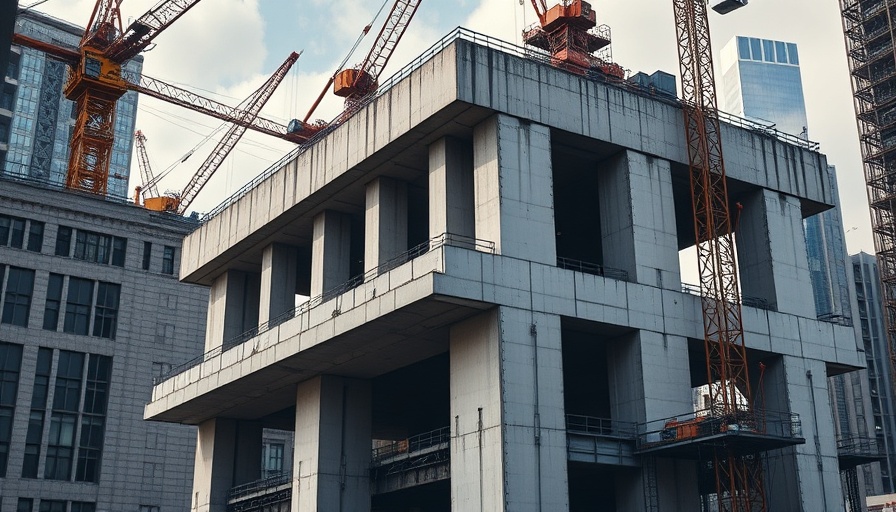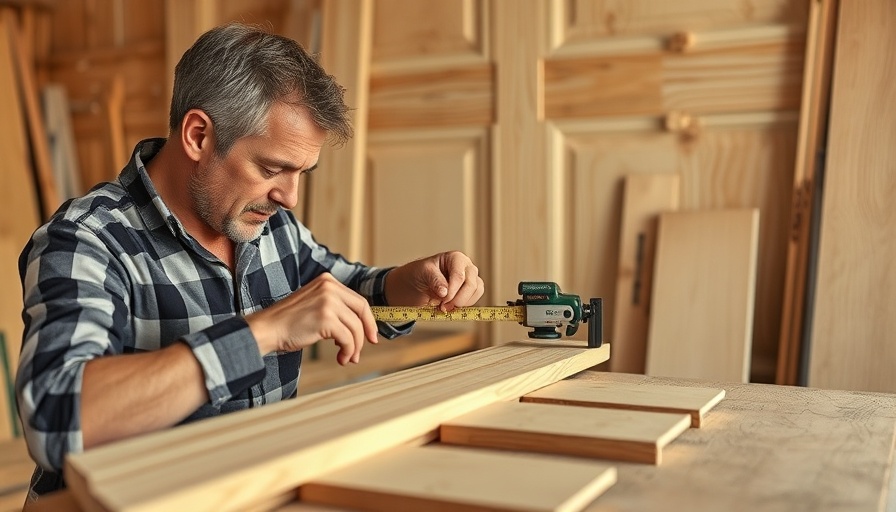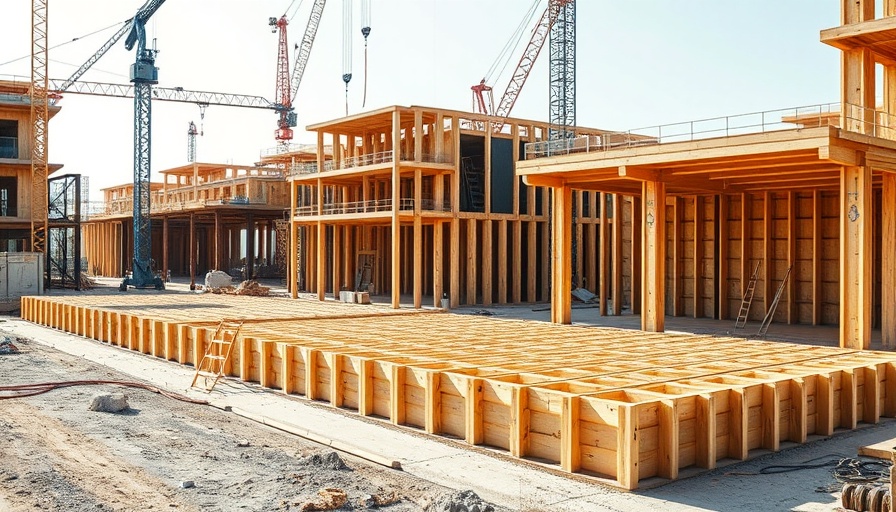
Exploring the Importance of Durability: How Material Choices Impact Structural Integrity
In the realm of construction, durability is not just a buzzword; it's a crucial factor that impacts the longevity and performance of structures. Recent developments in the field of durability design bring insights that resonate deeply with both engineers and homeowners alike, highlighting the importance of material choices and environmental considerations.
The Critical Role of Durability in Construction
Concrete structures face numerous challenges over their lifespan, from environmental exposures to material degradation. According to ongoing research, understanding the structural durability of various materials, especially in complex environments, is essential for successful project outcomes. For instance, the study of large-scale anchorage structures like the Shiziyang Link Project has emphasized the significance of comprehensive durability analyses, which consider factors such as chloride ingress and carbonation, illustrating the complex interplays affecting concrete integrity.
Environmental Challenges: A Focus on Water Control
Durability failures predominantly arise from moisture-related issues, which is supported by analysis across various building failures over the years. A significant lesson here is the crucial role that water management plays in construction. Managing rainwater, groundwater, and even moisture from building materials requires meticulous attention to detail. This makes approaches like incorporating drainage planes, vapor barriers, and ensuring proper weatherproofing essential for enhancing durability.
Material Innovations: A Pathway to Greater Longevity
As the field of construction evolves, innovative materials such as advanced concrete mixes, which provide superior resistance to environmental factors like chloride exposure and heat, are emerging. Research indicates that opting for aggregates with better shapes can positively affect overall material performance. For example, modifying aggregate shapes from round to slender can enhance durability by reducing the rate of deterioration.
Future Trends in Durable Construction
The future of construction durability lies in a synergy between technology and traditional materials. Digital advances, coupled with innovative modeling techniques, are paving the way for better predictions in structural performance. For example, utilizing mesoscopic models allows engineers to visualize how materials respond under various environmental conditions, ultimately informing better design choices.
Actionable Insights: Maximizing Building Longevity
For contractors and homeowners alike, understanding the various factors that contribute to building longevity is paramount. This includes selecting the right materials, ensuring proper construction practices, and actively maintaining structures to mitigate environmental impacts. Decisions regarding insulation and waterproofing materials should be made considering both performance and long-term effects on durability.
As the construction industry continues to evolve, prioritizing durability can lead to significant benefits, including reduced maintenance costs and extended building lifespans. The journey ahead is one that emphasizes sustainability, functionality, and continuous improvement in our materials and methods.
Stay informed and engaged with the latest practices in structural durability to better prepare for the future of construction.
 Add Row
Add Row  Add
Add 




Write A Comment